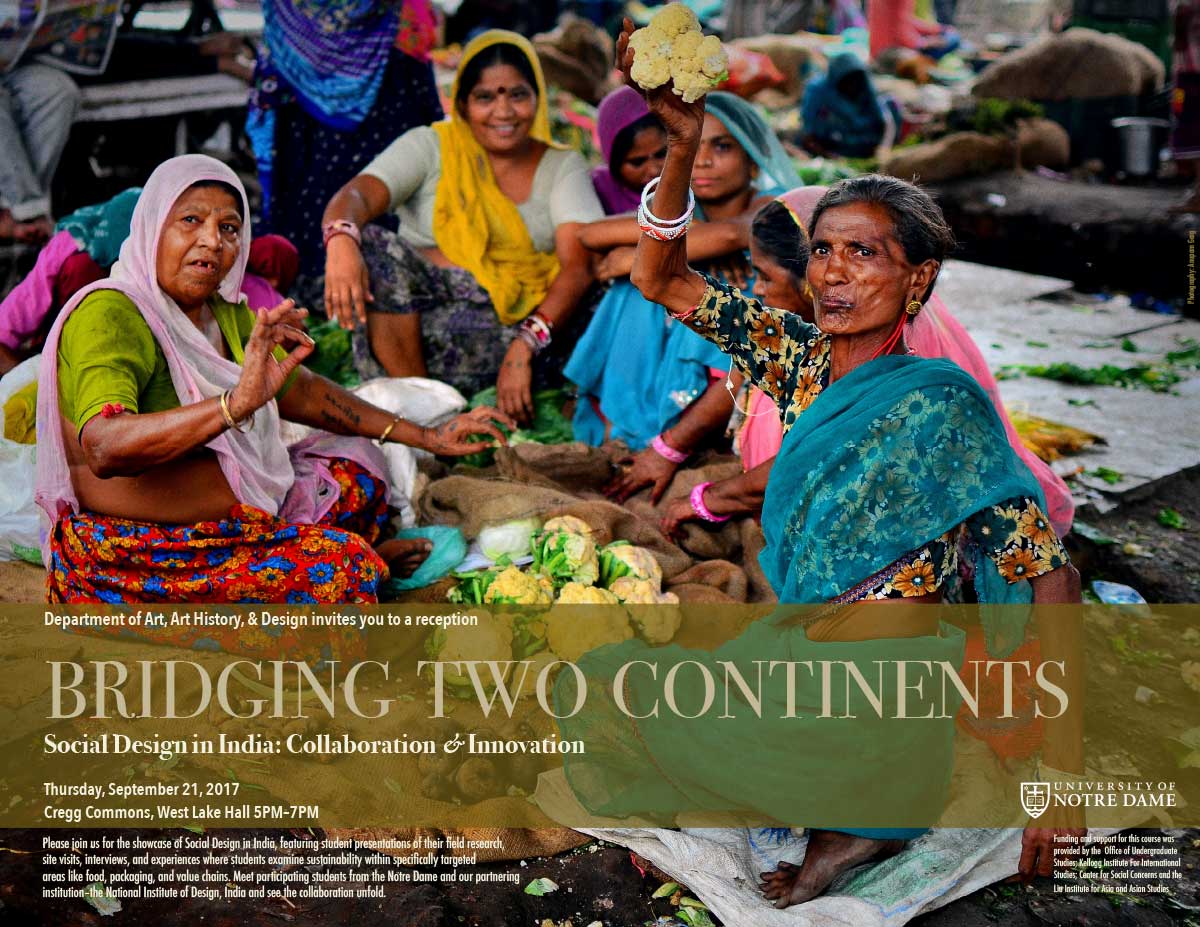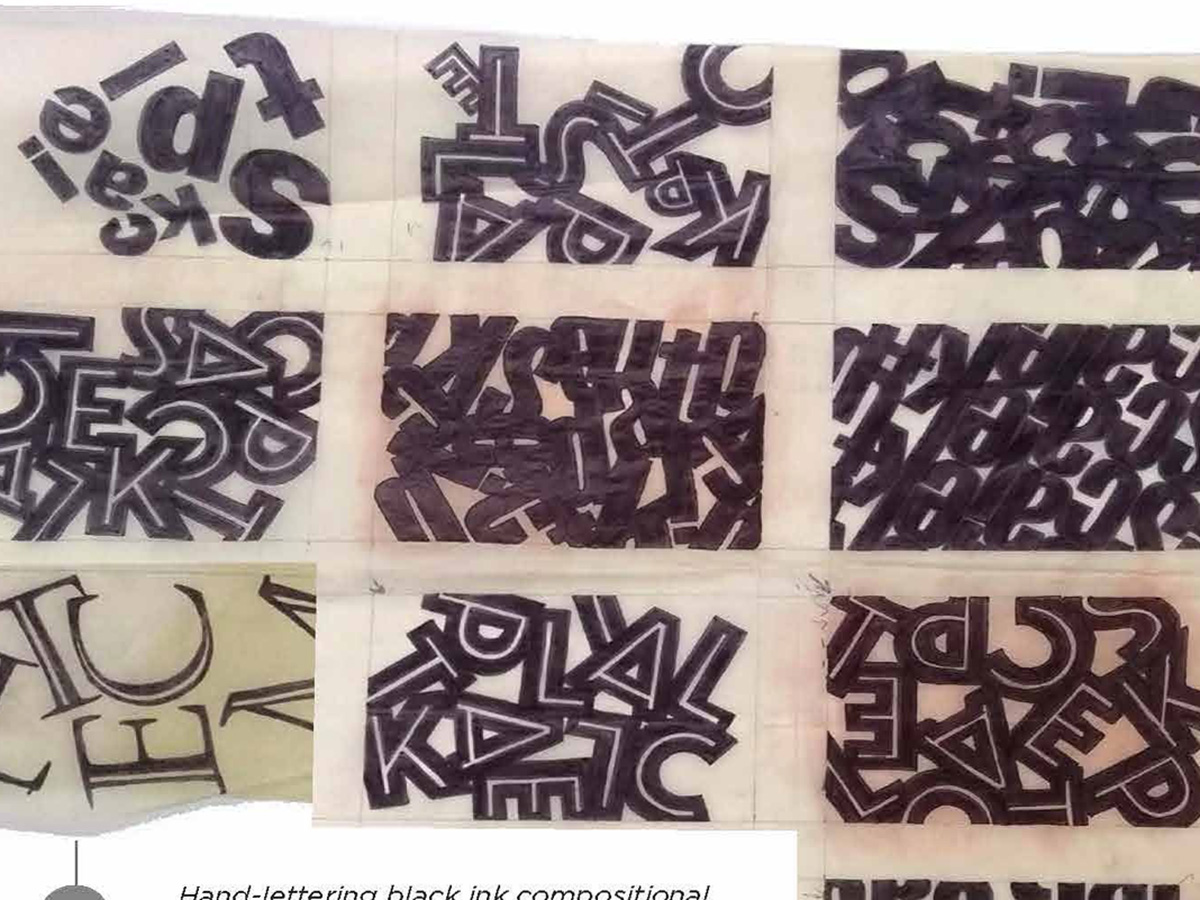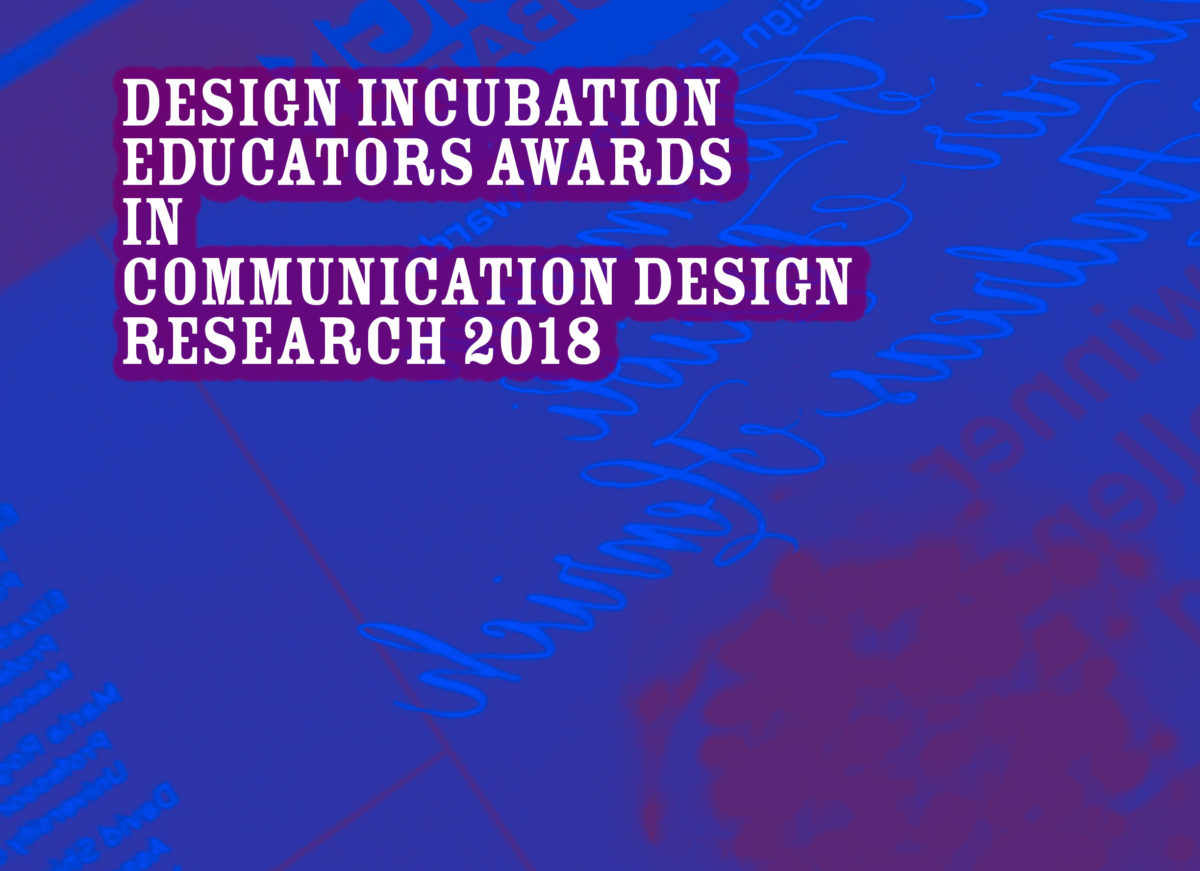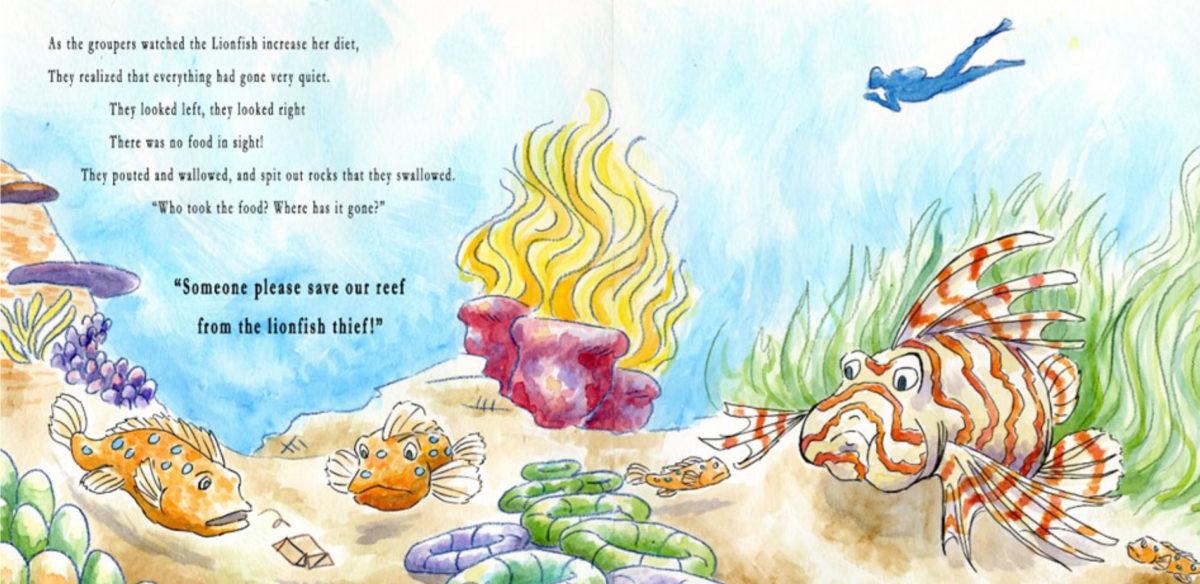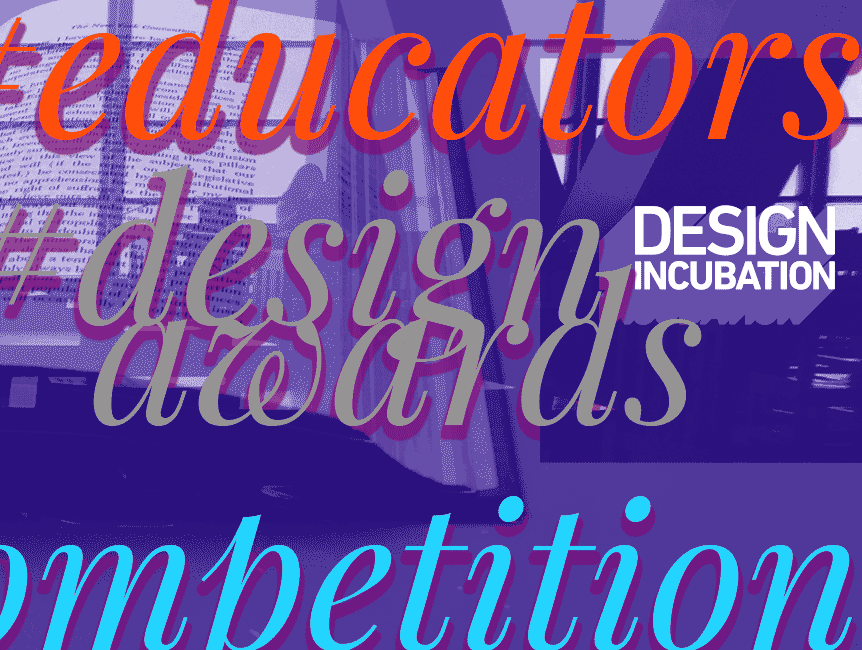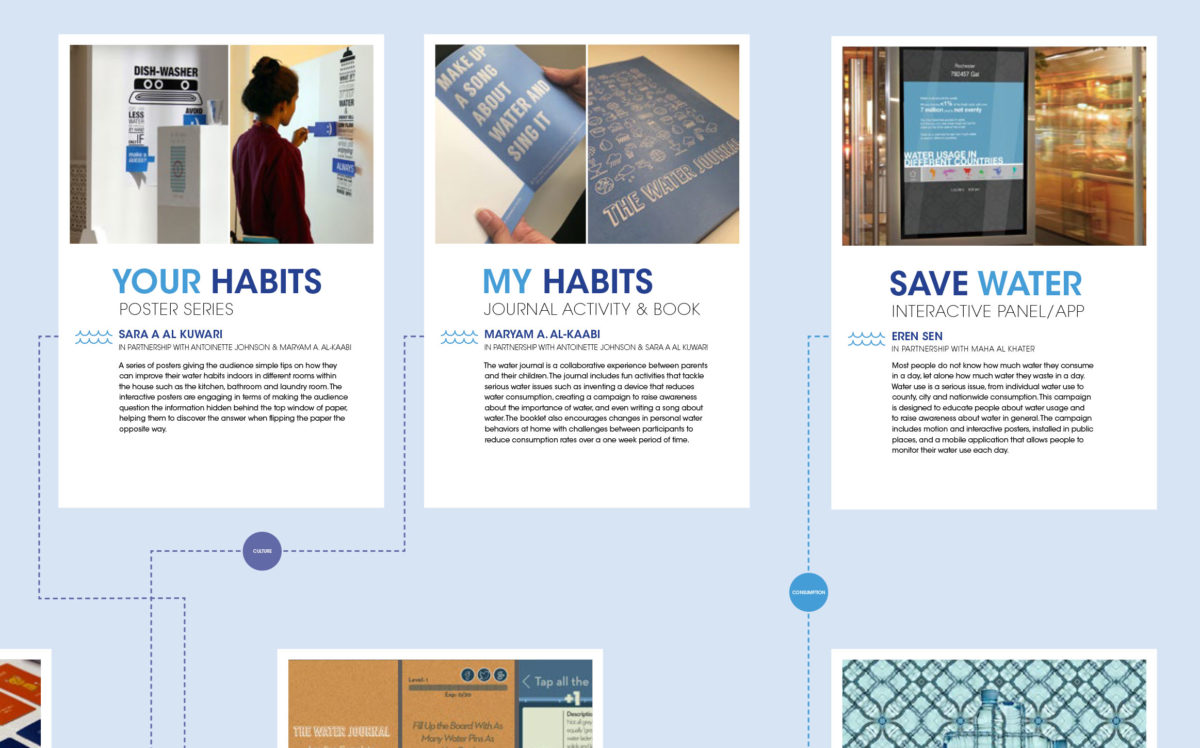Design Teaching Award Winner
Neeta Verma
Associate Professor
University of Notre Dame
The aim of this advanced-level course in Social Design was for students to understand their role as designers/co-creators/catalysts within a global context to explore the problem of sustainability. This multi-disciplinary partnership brought together students from the University of Notre Dame (UND) and the National Institute of Design(NID) in India. The cohort of 14 students traveled approximately 17,000 miles, with 19 weeks of working together (3 weeks in India, 2 weeks in the US, and 14 weeks of working virtually). With an emphasis on problem solving and innovation, the learning goal was to examine the problem of sustainability through a cross-cultural prism, in India and the United States— two very divergent socio-economic constructs. The project was funded through a $30,000 grant awarded to the lead faculty. This semester-long collaboration was to help students develop an understanding of social constructs within two divergent economies and look through globally re-contextualized perspectives at the singular issue of sustainability. The course was designed as a solution solution-finding process for a singular problem, where students not only to sought a solution but gained a deeper understanding of complex cultural, social, and economic environments within which design solutions often need to find congruity. The students gained both a depth of understanding and breadth of social competency of the frame of reference within which their solutions were expected to function.
PEDAGOGY:
The course followed an 8-step pedagogical process used in the Social Design class.
Empathy: the understanding the needs, attitudes, and pre-dispositions of a people with whom the designers are working
Immersion: Daily engagement and involvement over a period of time
Awareness: Observations and knowledge gathering of a problem area within its cultural context
Definition: Determining the scope of research and inquiry
Engagement: Understanding stakeholders and their interconnectedness
Synthesis and problem framing: Structuring the context within which the problem is being defined
Design interventions: Collaborative encounters that facilitate solution-finding at the grassroots
Integration: Ensuring that the solution embeds itself within the context from which the problem emerged
OUTCOMES:
A total of six projects were completed. Of those, the one listed below is being showcased: Sustainable Packaging by Kacey Hengesbach (UND), Anupam Garg (NID)
The project looked at packaging trends in the current fruit and vegetable markets supply chain to document non-sustainable packaging trends and explore ways to replace existing packaging solutions with biodegradable alternatives in India.
PROFICIENCIES:
The students developed cultural competencies by discovering ways of navigating new environments. Within research students were introduced to ethnographic research; and empirical investigation through interviews, photo and film documentation, logging daily activity, contextual analysis, and partnering with local individuals working in the supply chains to gain a deeper understanding of the challenges. The project framework for the project focused primarily on a critical understanding of convergence and divergence in problem-framing that helped students position their research in two diametrically different geographies. In some cases, the research yielded similar results between the two contexts and in others, there was great divergence.
RESEARCH PROCESS:
The following steps were used within the design process:
1. Problem Definition
Researching statistics that quantitatively describe the acute problem of plastic consumption and the proportion that is specifically used for fruit and vegetable packaging. Also examined was the per capita consumption of plastics in the United States and India as they compare to world consumption.
2. Researching the market
Students researched the time and distance fruits and vegetables travel to get to markets. They examined the complexity of supply chains and journeys of fruits and vegetables as well as the needs that packaging had to fill along those journeys before arriving at the local wholesale markets.
3. Field research, interviews, and photo documentation
Over two weeks, students visited the wholesale and retail markets to understand the various needs of the vendors and where plastics were replacing traditional materials.
4. Exploring material
Students explored traditionally used regional materials like bulrush, banana, bamboo, and jute but ultimately chose the water hyacinth, a plant that is predominantly found across the world. It has both pliability and high strength in its various stages of drying.
5. Exploring materiality
Students explored the pliability and the tensile strength of the water hyacinth in its various stages of drying. They also examined how different surfaces could be created during each stage of drying to develop surfaces from soft (for protection) to hard (for support and bearing weight) to accommodate the varying needs of the markets.
6. The Design Intervention
For the final design intervention, the proposed solution was a packaging solution that offered a cradle to cradle method made out of naturally biodegradable materials, specifically using water hyacinth in combination with jute and bulrush. The packaging system was customizable, stackable, usable for display, reusable for future use, compactable, and transportable.
7. Project Design Impact
Environment: Creating a product that benefits the environment by ridding it of an invasive species without the use of harmful chemicals.
Economy: Adding income to rural areas that participate in manufacturing.
Culture: Supporting existing regional crafts and using their skills to create sustainable packaging solutions.
COURSE IMPACT:
The course due to its travel component and the complexity of the problem exposed students to contexts that they had never experienced before expanding the classroom globally. Challenges included differences in climate, language, and cultural etiquettes. The academic challenges lay in navigating the research as the students immersed themselves in unfamiliar environments. On the other hand, experiencing the richness of a whole new culture and renegotiating the sense of the self within a new context helped broaden perspectives. The opportunity provided an incredibly enriching experience for design students to immerse themselves within a new social, cultural, and economic order. The experience enabled the design students to gain global perspectives about the implications of design and the impact it can have. Above all, with social innovation at the core of design education today, this experience built confidence and resiliency within students as they situated themselves within diverse contexts and collaborated with others to manage complexity at both global and local scales.
Neeta Verma is an Associate Professor at the University of Notre Dame and situates herself within the porous discipline of Visual Communication Design. Her areas of research and teaching focus on social equity and justice. She teaches Social Design at the intersection of social innovation and collaborative practices, and Visualization of Data that investigates the aesthetics, ethics, and politics of representation. Her current research, supported by a prestigious grant, examines youth violence. She received her MFA from Yale and currently holds Faculty Fellowships at the Center for Social Concerns, the Liu Institute for Asia & Asian Studies, and the Pulte Institute for Global Development at the University of Notre Dame. She is the recipient of several awards including Graphis, Core77, A’Design Awards, and International Design Awards. She has presented her research at both national and international conferences. She serves on the SEGD Academic Task Force and CAA Committee on Design.
